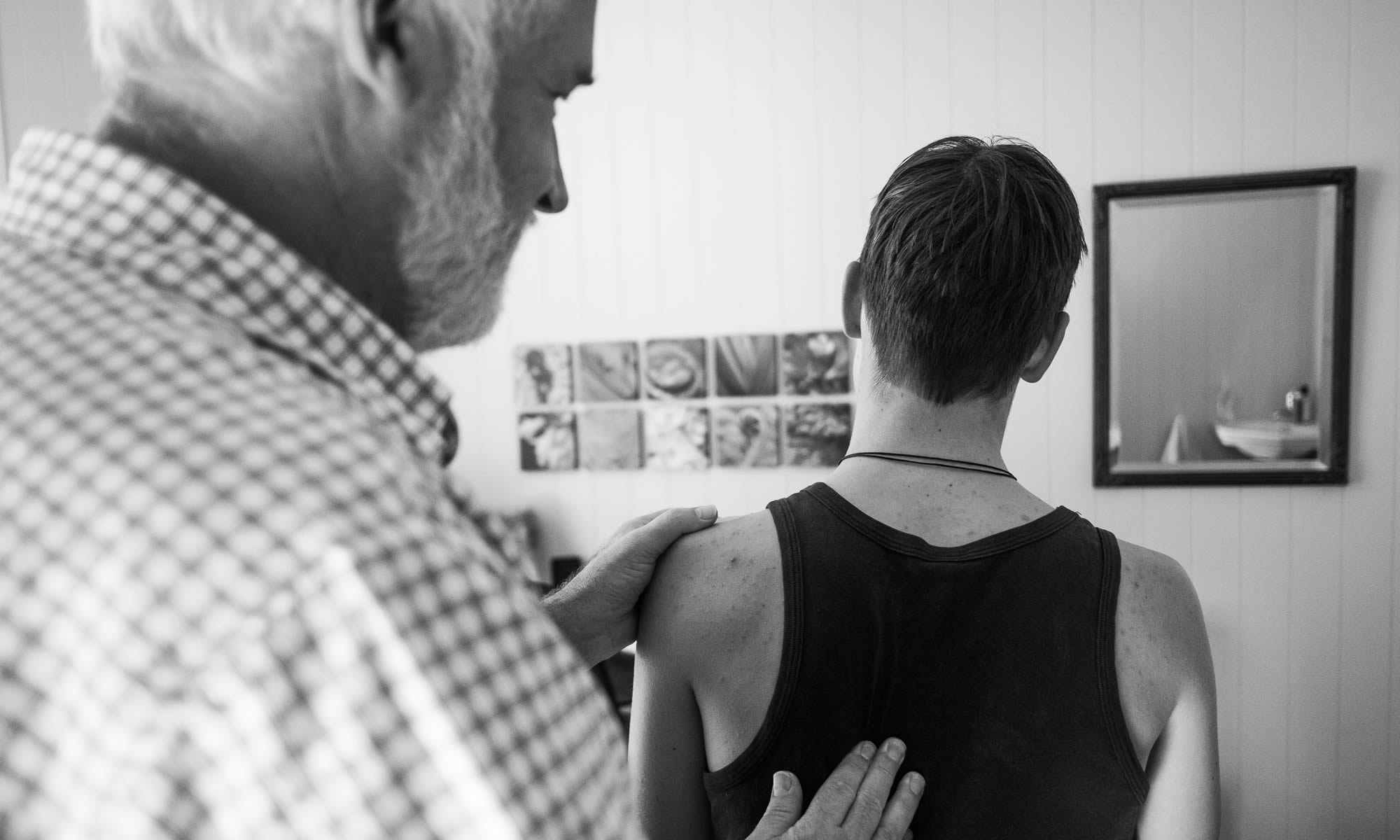
Osteopathy is an established recognized system of healthcare which relies on manual contact for diagnosis and treatment. It respects the relationship of body, mind and spirit in health and disease; it lays emphasis on the structural and functional integrity of the body and the body’s intrinsic tendency for self-healing.
Its beginnings are interesting, Osteopathy was founded and developed by Dr Andrew Taylor Still M.D., in the USA in 1874. He opened his first school, the American School of Osteopathy, for the training of Osteopaths in 1892 in Kirksville, Missouri. Dr Taylor said
“Osteopathy is based on the perfection of Nature’s work. When all parts of the human body are in line we have health. When they are not the effect is disease. When the parts are readjusted disease gives place to health. The work of the Osteopath is to adjust the body from the abnormal to the normal; then the abnormal condition gives place to the normal and health is the result of the normal condition.”
Every Osteopath treats a little differently. The way I like to treat is to do what is best for each client. I like to encourage tissues to change, rather than force change, and to know when to nudge tissues in the way they need to go when the time requires it.
What happens in an Osteopathic session?
Osteopaths manage health and recovery in a different way to other practitioners by providing a holistic approach to healing the whole body, rather than only managing symptoms as they present. Recovery is usually faster and more complete as you are treated as a whole.
At the initial consultation I ask you questions about your medical history, maybe use some orthopaedic or neurological tests, checking the way you walk, or how things move, and work out what is troubling you and why. The number of sessions required usually varies relative to each person’s specific injury and condition, but I usually lay that out during the first consultation. In the following visits, I use various hands-on techniques to help reduce or eliminate your pain or problem, always working with the level of treatment you feel comfortable with.
When you arrive for a treatment please wear loose comfortable clothing so that assessing joint movement is easy and relaxed. You will be asked to remove your shoes, jacket or thick jersey, take off your belt if you are wearing one and remove things from your pockets like keys, phones, wallets etc. unlike many other Osteopathic Clinics, you DO NOT have to undress to your underwear.
I may give you advice on lifestyle, exercise, and discuss possible requirements for x-rays or other health professional services or medical investigations to try to minimise any reoccurrence.
Osteopathy can help you manage
- back pain or stiffness
- neck pain
- headaches and migraines
- problems with hands, wrists, arms, elbows and shoulders
- problems with the hips, knees, ankles and feet
- workplace strains
- sports injuries
- back pain experienced during pregnancy
- effects of trauma such as whiplash or fractures
- symptoms caused by chronic conditions; asthma, arthritis, stroke
- period pain, and premenstrual issues
